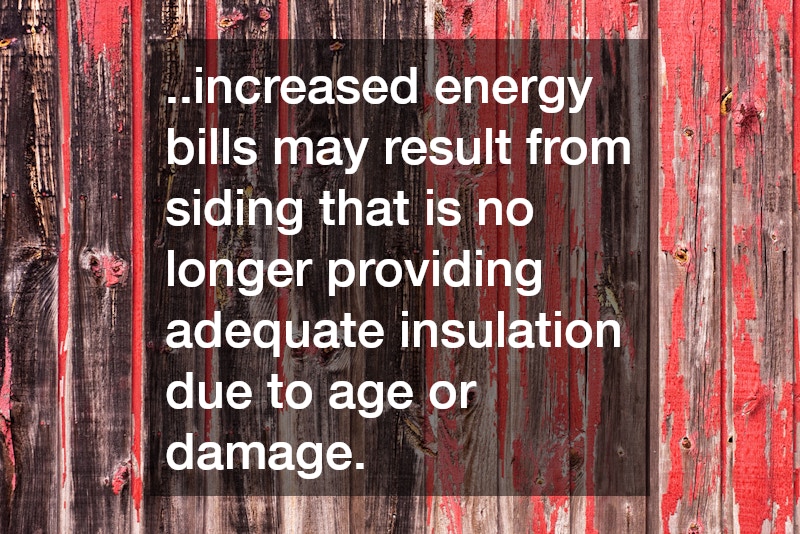Choosing the right siding services for your home is crucial for both aesthetics and protection. This guide will explore key considerations and tips for making informed decisions.
What Types of Siding Materials Are Available?
Popular Siding Options
There are several widely used siding materials that homeowners can choose from, including vinyl, wood, fiber cement, and metal. Each of these materials offers unique benefits that can cater to different aesthetic preferences and functional needs.
Vinyl siding is popular for its affordability and low maintenance requirements, making it an attractive option for cost-conscious homeowners. Meanwhile, wood siding is favored for its natural appearance and traditional charm, though it requires regular maintenance to prevent decay.
Fiber cement siding is renowned for its durability and fire resistance, providing a long-lasting exterior solution for homes in varied climates. Metal siding, on the other hand, is appreciated for its modern aesthetic and excellent resistance to weather elements.
Pros and Cons of Each Material
Understanding the pros and cons of each siding material is crucial in determining the best fit for your home. Vinyl siding, while easy to install and maintain, can crack in extreme temperatures and may lack the texture appeal of natural materials.
Wood siding offers rich aesthetics but is prone to pest damage and requires more upkeep compared to synthetic alternatives. Alternatively, fiber cement siding resists rot and insects, yet tends to be heavier and potentially more expensive to install.
How Do I Assess the Quality of Siding Contractors?
Important Credentials to Look For
When selecting a siding contractor, it’s vital to verify they possess the necessary credentials, such as proper licensing, insurance, and relevant certifications. These credentials are essential to ensure the contractor is qualified to complete the job safely and up to code.
A licensed contractor demonstrates that they meet industry standards and have received the necessary education and training in their field. In addition, insurance protects both the contractor and homeowner from any potential liabilities that may occur during the siding services.
Certifications from respected organizations can provide an additional level of confidence in the contractor’s expertise and commitment to professional growth. By scrutinizing these credentials, homeowners can have peace of mind knowing they’ve chosen a reputable and capable professional.
Reading Reviews and Checking References
Customer reviews and references are valuable tools in gauging a contractor’s reliability and quality of work. Reading reviews on reputable websites can offer insight into previous customers’ experiences, highlighting both positive aspects and potential issues.
When checking references, speak directly with past clients about their overall satisfaction and any challenges encountered during the siding services. This feedback can provide an authentic account of the contractor’s timeliness, communication, and problem-solving skills.
Trustworthy contractors will readily provide references and have a proven track record of successful siding services. Utilizing this information helps homeowners make informed decisions and select a siding contractor that will meet their expectations.
What Should I Budget for a Siding Project?
Factors Influencing Siding Costs
Budgeting appropriately for siding services involves considering various factors that can impact the overall cost. These include the choice of materials, with options like wood and fiber cement typically being more expensive than vinyl.
Labor costs will vary depending on the contractor’s expertise and the complexity of the siding services. Additionally, existing conditions, such as removing old siding and preparing the surface, can influence the total expense.
Customization choices, like adding insulation or selecting unique design elements, can also affect the final cost. By understanding these factors, homeowners can better prepare for the financial commitment that siding services entail.
Tips for Staying Within Budget
Obtaining multiple quotes from reputable contractors is a practical first step to ensure competitive pricing for your siding services. Be sure to assess quotes not only for cost but for the value each contractor promises regarding materials and craftsmanship.
Negotiating prices may also be possible, depending on the contractor’s flexibility and your willingness to adjust siding services specifications. Clear communication regarding budget constraints allows you to explore options such as material substitutes or phased project completion.
Lastly, to avoid unexpected expenses, clarify the scope of the siding services and confirm all costs are detailed in the contract before work begins. These strategies can help maintain budgetary goals without compromising on quality standards.
What Maintenance Will My Siding Require?
Routine Maintenance Practices
Routine maintenance is essential for preserving the appearance and functionality of your home’s siding. Regular cleaning, using appropriate solutions for each material, helps prevent staining and the buildup of dirt and mildew.
Inspecting siding periodically for damage like cracks, warping, or decay allows homeowners to address minor issues before they necessitate more extensive repairs. Additionally, repainting or sealing wood siding every few years protects against weather damage.
Signs Your Siding Needs Replacement
Recognizing signs that your siding needs replacement is crucial for maintaining your home’s integrity and curb appeal. Peeling paint, severe discoloration, or persistent mold growth can indicate underlying issues needing attention.
Furthermore, increased energy bills may result from siding that is no longer providing adequate insulation due to age or damage. Cracks, holes, or visible rot are clear indicators that siding has surpassed its functional lifespan.
In conclusion, selecting the right siding services involves understanding material options, vetting contractors, budgeting appropriately, and planning for maintenance. Follow these guidelines to ensure your home has long-lasting and appealing siding.




